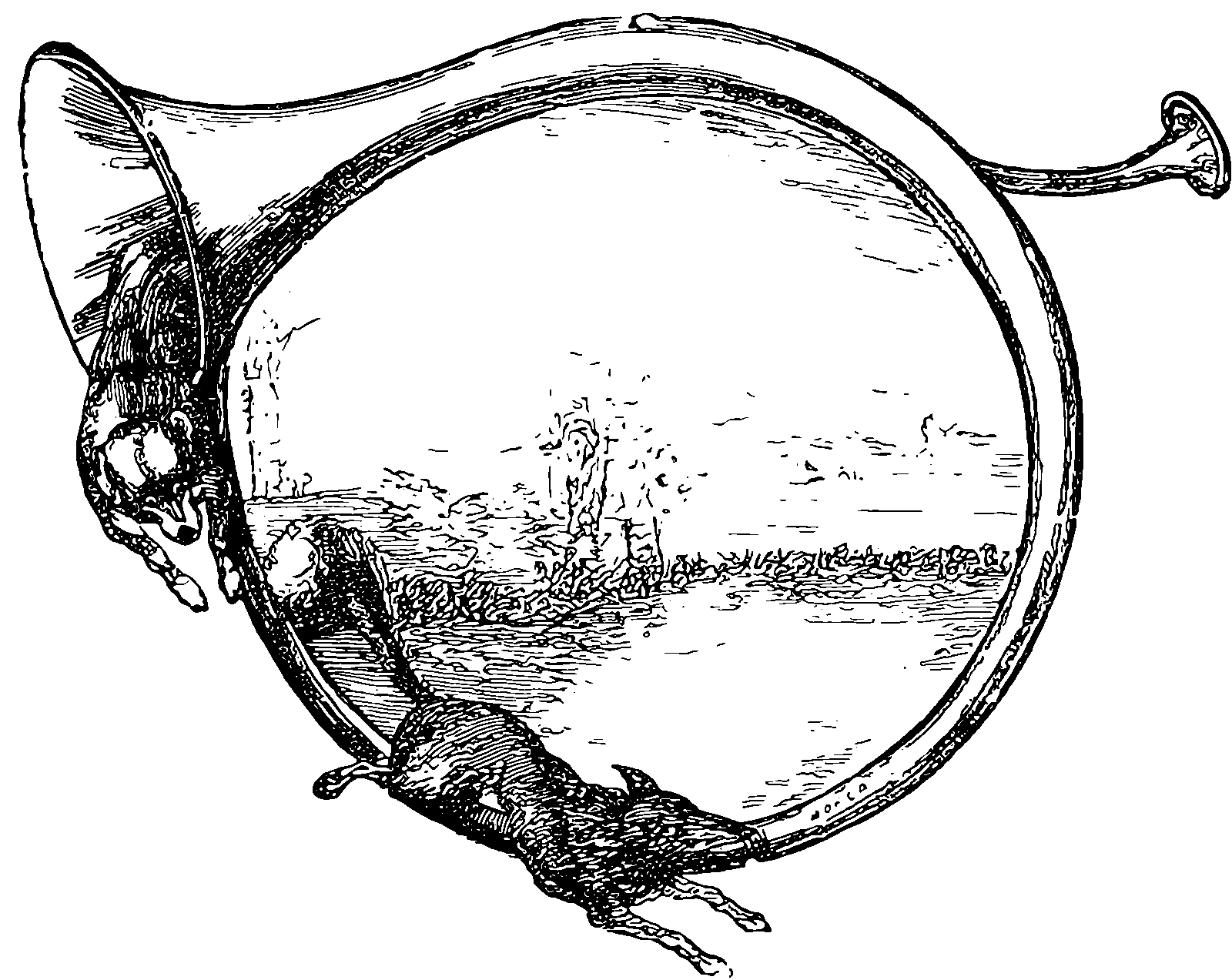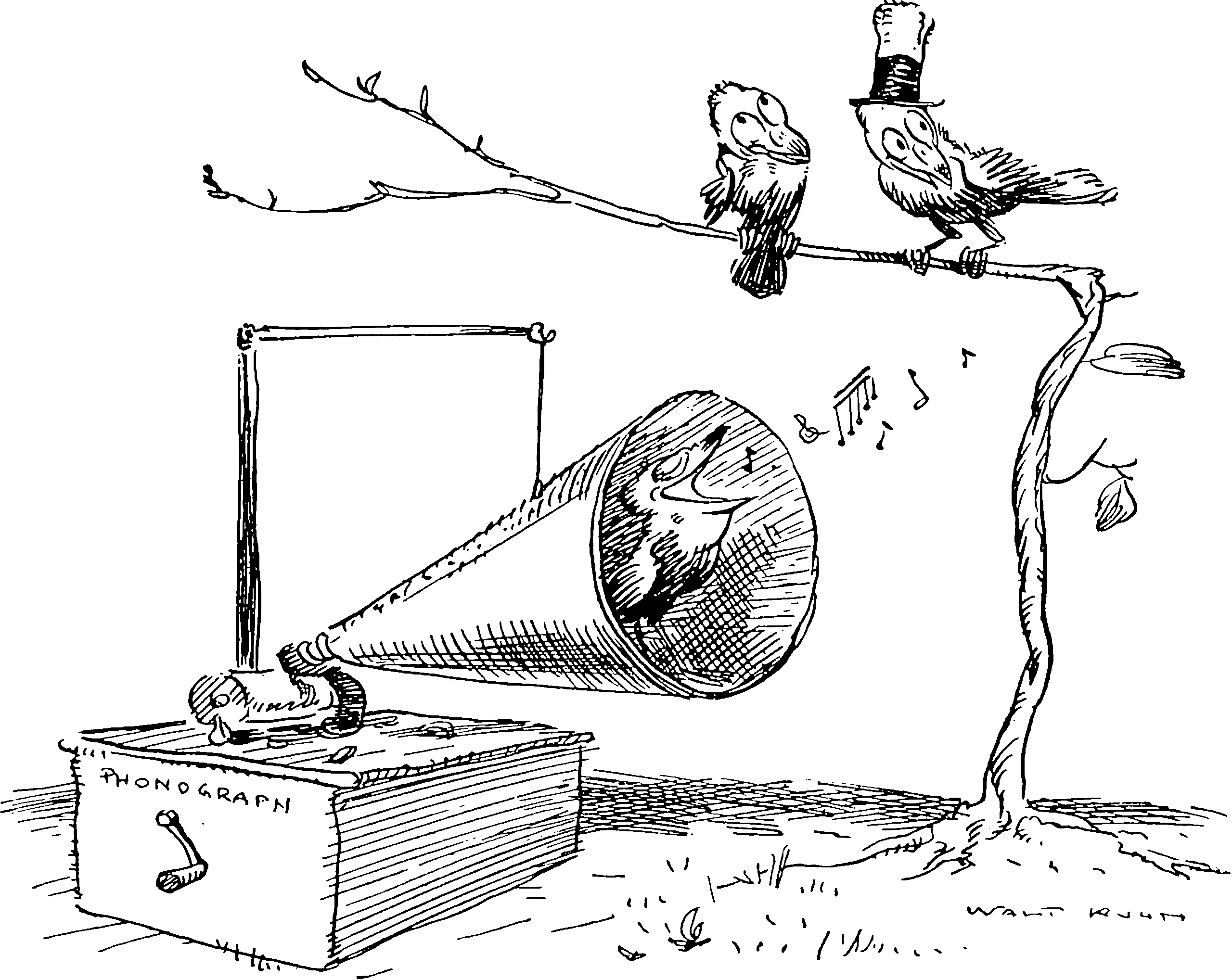Aarabi, and Peeters. 2018.
“Music Retiler: Using NMF2D Source Separation for Audio Mosaicing.” In
Proceedings of the Audio Mostly 2018 on Sound in Immersion and Emotion. AM’18.
Blaauw, and Bonada. 2017.
“A Neural Parametric Singing Synthesizer.” arXiv:1704.03809 [Cs].
Buch, Quinton, and Sturm. 2017. “NichtnegativeMatrixFaktorisierungnutzendesKlangsynthesenSystem (NiMFKS): Extensions of NMF-Based Concatenative Sound Synthesis.” In Proceedings of the 20th International Conference on Digital Audio Effects.
Caetano, and Rodet. 2013.
“Musical Instrument Sound Morphing Guided by Perceptually Motivated Features.” IEEE Transactions on Audio, Speech, and Language Processing.
Chazan, and Hoory. 2006.
Feature-domain concatenative speech synthesis. United States US7035791B2.
Coleman, Graham, and Bonada. 2008. “Sound Transformation by Descriptor Using an Analytic Domain.” In Proceedings of the 11th Int. Conference on Digital Audio Effects (DAFx-08), Espoo, Finland, September 1-4, 2008.
Coleman, Graham, Bonada, and Maestre. 2011. “Adding Dynamic Smoothing to Mixture Mosaicing Synthesis.”
Coleman, Graham, Maestre, and Bonada. 2010. “Augmenting Sound Mosaicing with Descriptor-Driven Transformation.” In Proceedings of DAFx-10.
Collins, and Sturm. 2011.
“Sound Cross-Synthesis and Morphing Using Dictionary-Based Methods.” In
International Computer Music Conference.
Dieleman, Oord, and Simonyan. 2018.
“The Challenge of Realistic Music Generation: Modelling Raw Audio at Scale.” In
Advances In Neural Information Processing Systems.
Donahue, McAuley, and Puckette. 2019.
“Adversarial Audio Synthesis.” In
ICLR 2019.
Driedger, and Pratzlich. 2015.
“Let It Bee – Towards NMF-Inspired Audio Mosaicing.” In
Proceedings of ISMIR.
Dudley. 1955.
“Fundamentals of Speech Synthesis.” Journal of the Audio Engineering Society.
———. 1964.
“Thirty Years of Vocoder Research.” The Journal of the Acoustical Society of America.
Elbaz, and Zibulevsky. 2017.
“Perceptual Audio Loss Function for Deep Learning.” In
Proceedings of the 18th International Society for Music Information Retrieval Conference (ISMIR’2017), Suzhou, China.
Goodwin, and Vetterli. 1997.
“Atomic Decompositions of Audio Signals.” In
1997 IEEE ASSP Workshop on Applications of Signal Processing to Audio and Acoustics, 1997.
Hazel. 2001. “Soundmosaic.” Web Page.
Hoffman, Matthew D, Blei, and Cook. 2010.
“Bayesian Nonparametric Matrix Factorization for Recorded Music.” In
International Conference on Machine Learning.
Hoffman, Matt, and Cook. 2007.
“Real-Time Feature-Based Synthesis for Live Musical Performance.” In
Proceedings of the 7th International Conference on New Interfaces for Musical Expression.
Hoffman, Matt, and Cook. n.d. “Feature-Based Synthesis: Mapping Acoustic and Perceptual Features onto Synthesis Parameters.”
Hohmann. 2002. “Frequency Analysis and Synthesis Using a Gammatone Filterbank.” Acta Acustica United with Acustica.
Kersten, and Purwins. 2012.
“Fire Texture Sound Re-Synthesis Using Sparse Decomposition and Noise Modelling.” In
International Conference on Digital Audio Effects (DAFx12).
Lazier, and Cook. 2003. “Mosievius: Feature Driven Interactive Audio Mosaicing.”
Mehri, Kumar, Gulrajani, et al. 2017.
“SampleRNN: An Unconditional End-to-End Neural Audio Generation Model.” In
Proceedings of International Conference on Learning Representations (ICLR) 2017.
Mor, Wolf, Polyak, et al. 2018.
“A Universal Music Translation Network.” arXiv:1805.07848 [Cs, Stat].
Müller, Ellis, Klapuri, et al. 2011.
“Signal Processing for Music Analysis.” IEEE Journal of Selected Topics in Signal Processing.
O’Leary, and Röbel. 2016.
“A Montage Approach to Sound Texture Synthesis.” IEEE/ACM Trans. Audio, Speech and Lang. Proc.
Salamon, Serrà, and Gómez. 2013.
“Tonal Representations for Music Retrieval: From Version Identification to Query-by-Humming.” International Journal of Multimedia Information Retrieval.
Schimbinschi, Walder, Erfani, et al. 2018.
“Synthnet: Learning Synthesizers End-to-End.”
Scholler, and Purwins. 2011.
“Sparse Approximations for Drum Sound Classification.” IEEE Journal of Selected Topics in Signal Processing.
Schwarz. 2005.
“Current Research in Concatenative Sound Synthesis.” In
International Computer Music Conference (ICMC).
Simon, Basu, Salesin, et al. 2005.
“Audio Analogies: Creating New Music from an Existing Performance by Concatenative Synthesis.” In
Proceedings of the 2005 International Computer Music Conference.
Smaragdis, and Brown. 2003.
“Non-Negative Matrix Factorization for Polyphonic Music Transcription.” In
Applications of Signal Processing to Audio and Acoustics, 2003 IEEE Workshop on.
Sturm, Daudet, and Roads. 2006.
“Pitch-Shifting Audio Signals Using Sparse Atomic Approximations.” In
Proceedings of the 1st ACM Workshop on Audio and Music Computing Multimedia. AMCMM ’06.
Tenenbaum, and Freeman. 2000.
“Separating Style and Content with Bilinear Models.” Neural Computation.
Turner, and Sahani. 2014.
“Time-Frequency Analysis as Probabilistic Inference.” IEEE Transactions on Signal Processing.
Uhrenholt, and Jensen. 2019.
“Efficient Bayesian Optimization for Target Vector Estimation.” In
The 22nd International Conference on Artificial Intelligence and Statistics.
Vasquez, and Lewis. 2019.
“MelNet: A Generative Model for Audio in the Frequency Domain.” arXiv:1906.01083 [Cs, Eess, Stat].
Verma, T.S., and Meng. 1998.
“An Analysis/Synthesis Tool for Transient Signals That Allows a Flexible Sines+transients+noise Model for Audio.” In
Proceedings of the 1998 IEEE International Conference on Acoustics, Speech and Signal Processing, ICASSP ’98 (Cat. No.98CH36181).
———. 1999.
“Sinusoidal Modeling Using Frame-Based Perceptually Weighted Matching Pursuits.” In
1999 IEEE International Conference on Acoustics, Speech, and Signal Processing. Proceedings. ICASSP99 (Cat. No.99CH36258).
Verma, Prateek, and Smith. 2018.
“Neural Style Transfer for Audio Spectograms.” In
31st Conference on Neural Information Processing Systems (NIPS 2017).
Vincent, Bertin, and Badeau. 2008.
“Harmonic and Inharmonic Nonnegative Matrix Factorization for Polyphonic Pitch Transcription.” In
2008 IEEE International Conference on Acoustics, Speech and Signal Processing.
Wager, Chen, Kim, et al. 2017.
“Towards Expressive Instrument Synthesis Through Smooth Frame-by-Frame Reconstruction: From String to Woodwind.” In
2017 IEEE International Conference on Acoustics, Speech and Signal Processing (ICASSP).
Wyse. 2017.
“Audio Spectrogram Representations for Processing with Convolutional Neural Networks.” In
Proceedings of the First International Conference on Deep Learning and Music, Anchorage, US, May, 2017 (arXiv:1706.08675v1 [Cs.NE]).
Zhou, Horgan, Kumar, et al. 2018.
“Voice Conversion with Conditional SampleRNN.” arXiv:1808.08311 [Cs, Eess].
Zils, and Pachet. 2001.
“Musical Mosaicing.” In
Proceedings of DAFx-01.

